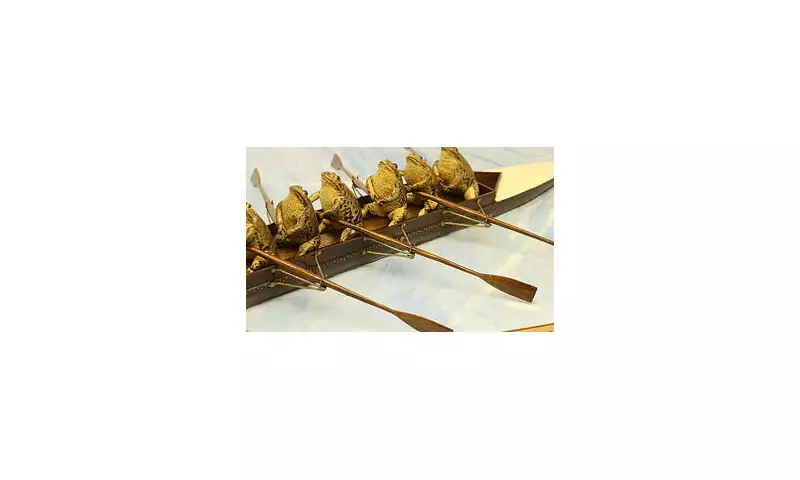
Nestled within the University of Tartu's Estonian Museum of Zoology lies one of Europe's most peculiar and fascinating collections - hundreds of meticulously preserved frogs frozen in time, acting out human activities in astonishingly detailed miniature scenes.
A Ribbiting Collection of Anthropomorphic Amphibians
This extraordinary exhibition features common frogs (Rana temporaria) that have been carefully taxidermied and arranged into elaborate tableaux depicting everyday human life. Visitors can witness these amphibians engaged in activities ranging from classroom learning and musical performances to barber shop visits and family scenes.
The Art of Amphibian Preservation
Each frog has been preserved through traditional taxidermy techniques, then positioned using wires and supports to create dynamic, lifelike poses. The attention to detail extends to miniature props and settings that complete each humorous vignette.
What makes this collection particularly remarkable is its historical significance - many of these dioramas date back several decades, representing both scientific preservation and folk art traditions.
From Educational Tool to Tourist Attraction
Originally created for educational purposes to study amphibian anatomy and behaviour, these whimsical displays have evolved into a major tourist draw. The museum now welcomes visitors from across Europe specifically to marvel at these unusual creations.
The collection challenges conventional museum expectations, blending scientific preservation with creative storytelling in a way that both educates and entertains visitors of all ages.
Planning Your Visit
Located in Tartu, Estonia's second-largest city, the Estonian Museum of Zoology offers this unique experience alongside more traditional natural history exhibits. The frog dioramas remain one of its most photographed and discussed attractions, proving that sometimes the most educational experiences are also the most unusual.
This bizarre collection serves as a reminder that museums can be places of wonder and whimsy, where nature and imagination collide in the most unexpected ways.





